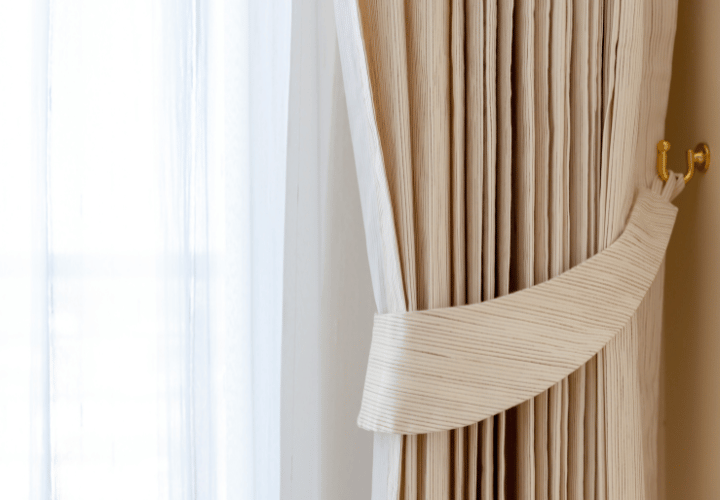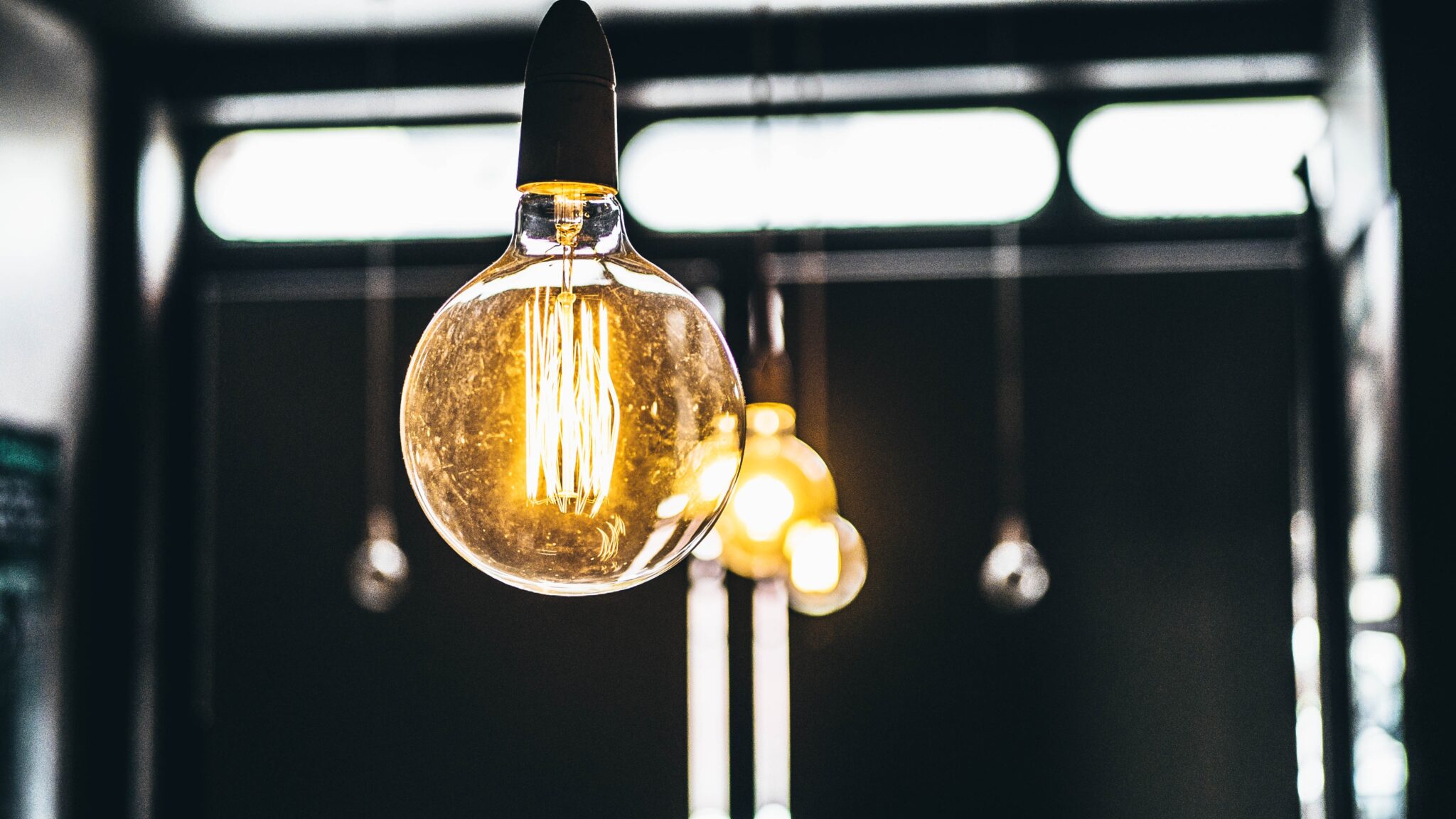If you’re concerned about the high cost of your energy bills or worried about how your energy use is affecting the world at large, you’re not alone. Lowering your energy use at home is an easy way to reduce costs and respect the environment at the same time. And doing so doesn’t have to be complicated.
Read on for five easy fixes that are simple and cost-effective when it comes to using less energy at home.
1. Get Smart
Equipping your place with smart home technology may sound expensive, but it doesn’t have to be. Start by buying a smart thermostat, which can help regulate the temperature even when you’re not home. Many of these, like the Nest Thermostat, can learn your heating habits and preferences and then self-adjust accordingly.
This means energy won’t be wasted heating or cooling your house when you’re not there. Perhaps the best perk of these systems is that they connect to the internet, so you can control them remotely even when you’re away. Long gone are the days of paying huge bills after forgetting to turn off the air conditioner before work.
In fact, installing a programmable thermostat can save up to 10% a year on heating and cooling annually, as per the U.S. Department of Energy. Check out more energy efficiency facts and statistics for additional context on savings potential.
Beyond thermostats, consider smart plugs, light bulbs, and switches, too. These let you control devices and lighting remotely, cutting out wasted energy from unused electronics. Smart home tech varies in cost and complexity — start small with one or two affordable smart devices.
2. Get the Right Curtains and Blinds
The window coverings in your home have a surprising impact on energy use and interior temperatures. The right curtains and blinds play an important insulating role.
Leaving blinds open on a hot summer day spikes indoor temperatures. Stay cool by keeping blinds or curtains closed during daylight hours. In winter, open blinds during the day to benefit from the sun’s warmth.

You can take things a step further by purchasing thermal curtains, which you can get at many home stores or online. Thermal curtains add insulation, trapping air better than standard curtains. Carefully measure windows before purchasing thermal curtains, providing a tight seal for maximum efficiency.
For additional insulation, apply weatherstripping around windows before hanging curtains. Sealing gaps helps prevent air leaks that can substantially impact energy bills.
3. Swap Out Light Bulbs
If you are using dated incandescent bulbs, it’s time for an update. Energy-efficient bulbs are essential if you want to pay less for the same level of brightness.
When buying new bulbs, verify the ENERGY STAR® label meets EPA efficiency requirements. Common options include compact fluorescent lamps (CFLs), light-emitting diodes (LEDs), and halogen incandescents. Though more expensive up-front, they use less energy, saving money in the long term through lower electricity bills.
CFLs and LEDs use at least 75% less energy and last 25+ times longer than old bulbs. That longevity adds up when it comes to savings. Halogens aren’t as efficient as CFLs/LEDs but still outperform incandescents. I recommend LED lights for the best efficiency, cost savings, and life span. Beyond bulbs, dimmer switches can help you tailor your lighting usage.
4. Unplug Your Devices
Rogue electronics and devices account can drain energy. Unplugging them easily solves this issue. So, unplug fully charged devices or electronics when you’re not using them. Better yet, use power strips to cut out unnecessary power consumption.
Post reminder sticky notes to unplug devices when leaving a room. It’s simple — be smart about your plugs. Take things a step further with smart power strips, which turn power off and on based on your needs.
5. Add Insulation
One long-term energy saver is added insulation. Start by targeting heat loss in the attic during the winter months. An insulation rating (called R-value) of R-30 or above works best in most regions. Next, focus on insulating walls and basements once attic spaces are addressed.
If blown-in insulation is too big of a project, start simple with weatherstripping and caulking around windows, doors, vents, and gaps. Preventing unwanted airflow can help you save money.

Additionally, planting trees to shade your home cuts air conditioning needs in summer. Place trees to block summer sunlight but let in warmth in winter. Fast-growing types of trees offer quicker cooling capabilities.
So, Is Reducing Energy Consumption Worthwhile?
Even minor upgrades, behavior shifts to limit home energy, and a DIY home energy audit provide major savings — both financial and environmental. Simple solutions like smart controls, LED bulbs, and reducing device phantom load can offer significant savings without much sacrifice. Further investments in insulation, solar panels, or updated appliances mean you’ll save even more.
FAQs About Reducing Home Energy Consumption
How much can the average U.S. household save by cutting energy use?
The average U.S. household spends about $2,000 yearly on utility bills, according to ENERGY STAR. Basic solutions like smart thermostats, LED bulbs, and improved habits offer nearly 20% in savings, which comes out to about $400 per year.
What is the easiest approach to trim home energy consumption?
Unplug unused devices or use smart power strips to remove the phantom drain. Swapping outdated bulbs for LEDs also helps you save money. Next, install smart programmable thermostats to control HVAC with precision even while away.
Which home appliances consume the most electricity?
The top offenders are fridges, washing machines, dishwashers, and freezers. Consider appropriately sized ENERGY STAR® models to maximize efficiency. For homes with electric water heaters, heating water also draws major power.
Should I switch my light bulbs to CFL, LED, or halogen bulbs?
For best efficiency, cost savings, and life span, LEDs are the top pick. CFLs also boost efficiency but don’t last as long. Halogens beat older bulbs yet trail the efficiency of CFL and LED options. Ultimately, any swap from standard bulbs to more efficient ones slashes energy use and expenses.










